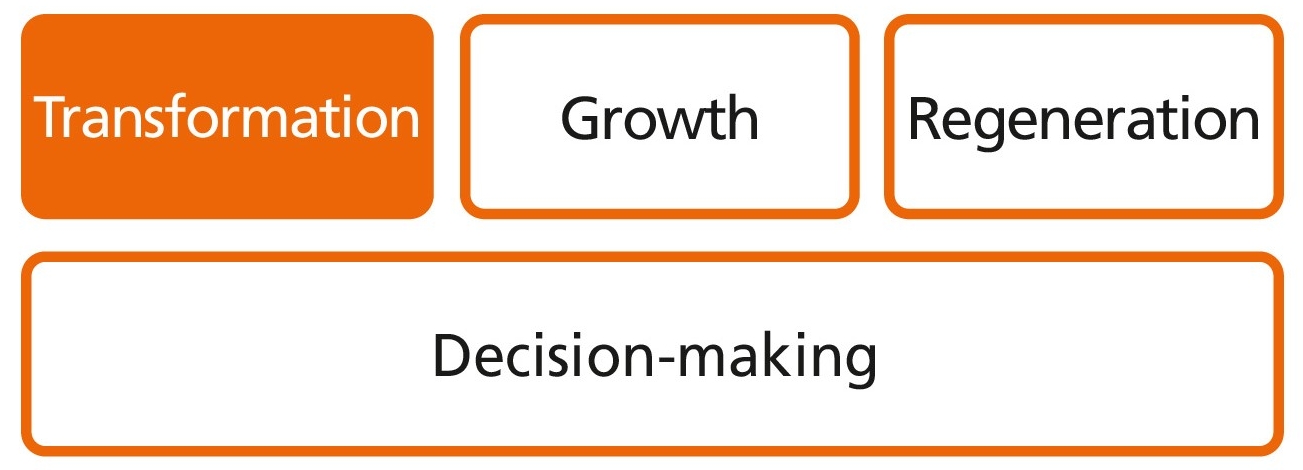Where is this use of data already being applied?
The aerospace engineering group Boeing has developed the “Boeing AnalytX” software. By processing data from flight operations, it supports the maintenance of machines and thus ensures efficient operations.
The technology group Siemens uses the “Railigent” software to avoid train failures and optimize maintenance. Sensor data, historical data and rail-specific product data are utilized for this purpose.
The technology group General Electric collects, stores and evaluates device data from power supply companies. With this information, necessary repairs can be identified at an early stage and carried out in a timely manner.
Elevator manufacturer Schindler uses predictive maintenance in its elevators. For this purpose, the elevators are connected to the internet and continuously supply the base with data. This data is compared with historical data on failures. This enables maintenance requirements to be identified at an early stage.
The technology group Georg Fischer Machining Solutions (GFMS) offers its customers services on the “rConnect” platform. These include the digital networking of machines, which enables permanent machine monitoring, predictive maintenance and remote access to the machines.



